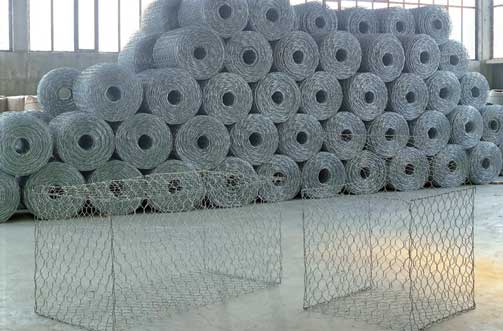Researchers at Stanford University in the United States have created a flexible, viscous, pressure-sensitive material that is the closest man-made material to the chameleon skin to date. Touch this electronic skin with different velocities, it will change color. The researchers pointed out that in the future, this electronic skin has a wide range of applications in interactive wearable devices, artificial prosthetics, and intelligent robots.
Similar color-changing materials have been used in the past, but few materials can sense pressure, and none of them are elastic. The new electronic skin has these three characteristics for the first time. The first author of the paper, Zhou Hexiu of Stanford University, said that this is an elastic electronic skin that resembles a chameleon. By changing the pressure and time of the applied pressure, it is easy to control the color of the electronic skin; in turn, The magnitude of the pressure is resolved by the color change of the electronic skin.
The new electronic skin consists mainly of two parts: an elastic microstructured polymeric material and an elastic electrochromic polymeric material. The former can change the voltage with pressure, and the latter can turn red or blue as the voltage changes.
The researchers used a fluffy bear to demonstrate how the electronic skin changes color. They put pressure-sensitive materials on the bear's palm and connected them to the electrochromic material placed on the bear's abdomen. The electrochromic material is first dark red, and when it is lightly gripped with a bear's paw (pressure of about 50 kPa), it turns blue and gray. When it is released, it turns back to dark red. When it is vigorously gripped (about 200 kPa), it turns pale blue.
The researchers explained that this is a multi-step process. The pressure of the handshake causes the resistance of the pressure sensitive material to drop, thereby increasing the voltage of the electrochromic material, and the oxidizing material slightly changes its chemical structure, thereby significantly changing its absorption spectrum. This process is quickly reversed after the pressure is removed.
Although the electrochromic materials used in the study can only be converted between red and blue, researchers hope that other electrochromic materials will have more colors, which will lead to a wider range of applications. Electronic skin may be combined with wearable or portable devices, such as clothing, smart phones, smart watches, etc., to integrate various colors into one device, as an interactive decoration or expressive emotion.
Zhou Hexiu said that changes in the color of electronic skin can also be used to distinguish pressure, and this system can be combined with anything that wants to know its surface pressure. In addition, it has a camouflage function for prosthetic and intelligent robots. Elastic systems adhere well to curved surfaces and dynamic surfaces, but traditional hard materials do not.
Editor-in-chief
Piezoelectric materials stimulate color-changing materials, which are artificial multicolored skins. It is similar to the principle of chameleon skin: the latter is the nerve-stimulated pigment cell expansion and contraction. Artificial imitations are simpler and more controllable; natural products can be discolored depending on color, temperature, endocrine, and mental state, which is more complicated and interesting. It is not impossible to invent a skin that changes color with mood in the future. By that time, we looked at the stock market and the face would really turn green.
Concerned about surprises
Heavy Hexagonal Wire Mesh is also called big specification hexagonal mesh or gabion mesh, it is made from high grade steel wire
through twisting and braiding by machine. It can be mainly used in supporting and protecting of side slope and basis pit,
mountain rock hanging mesh, green guard rail netting on side slope, railway guard rail netting, highway guard rail netting.
Heavy hexagonal mesh also can be worked into stone cage or stone cushion, and used in reservoir, river or dyke for closure.
1.Materials: High quality low carbon steel wire. Stainless steel wire.
2. Wire Diameter
1.7 mm-4.0mm, generally, we use 2.0mm, 2.2mm, 2.7mm, 3.4mm, 4.0mm
Selvedge wire is thicker than mesh wire, generally, we use 3.4mm-4.0mm
Lacing wire is thinner than mesh wire, generally we use 2.0-2.2mm
3. Mesh size (Hole size):
50*70mm, 60*80mm, 80*100mm, 100*120mm, 100*140mm, 120*150mm, 160*180mm , etc.
4. Box size( basket size):
6*2*0.23m, 2*1*0.5m, 2*1*1m, 3*1*1m, 4*1*1m, etc. , special size can follow customers' requirements.
5.Process: weaving before dipped hexagonal mesh and PVC hexagonal mesh or dipped before weaving hexagonal mesh and PVC hexagonal mesh,
hot-dipped galvanized after weaving, hot-dipped galvanized before weaving, electro galvanized after weaving, electro galvanized before weaving .

Hexagonal Wire Mesh
Hexagonal Wire Mesh,Light Hexagonal Wire Mesh,Sj Hexagonal Wire Mesh,Hexagonal Chicken Wire Mesh
Anping Shengjia Hardware Mesh Co.,LTD , https://www.oilshaleshakerscreen.com